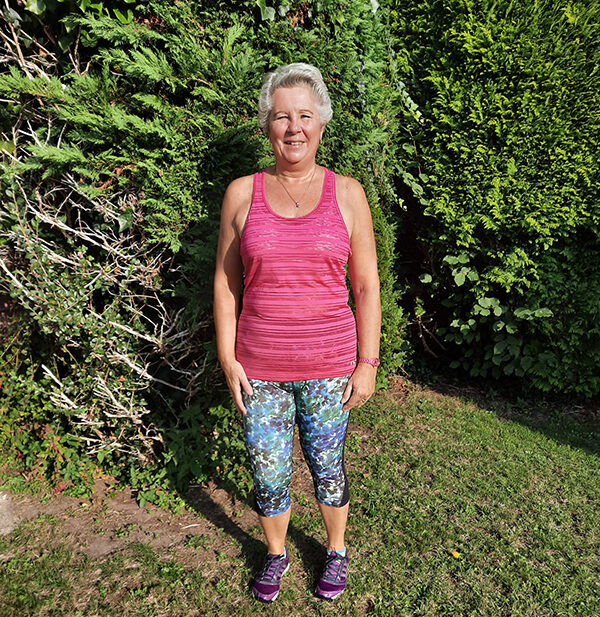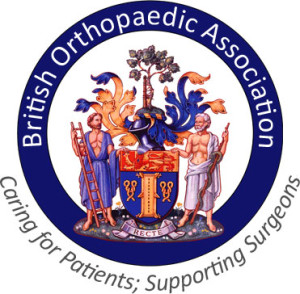Sports injuries
Mr Shah provides a wide range of treatments for sports injuries affecting the hips, knees and feet, so you can quickly get back to doing what you love.
- Receive expert advice from a consultant
- Choose from all your treatment options
- Enjoy everyday life pain-free
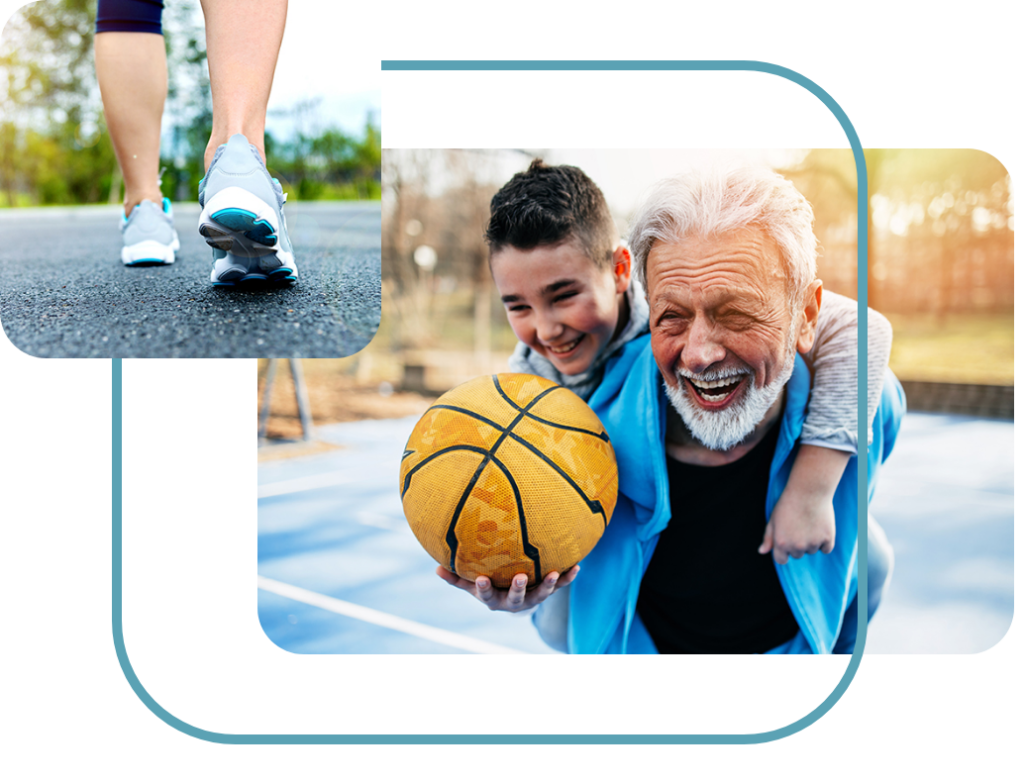
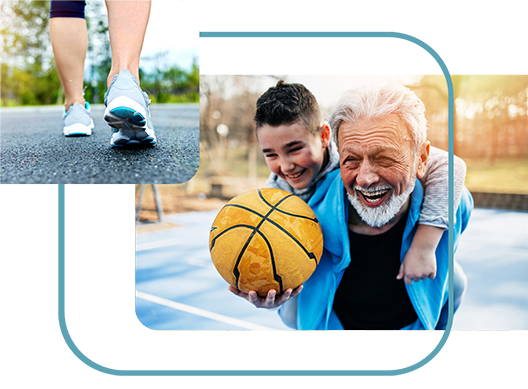
Keith’s double knee replacement
Wendy’s hip arthroscopy
Karin’s hip arthroscopy
Wendy’s hip arthroscopy
What is a sports injury?
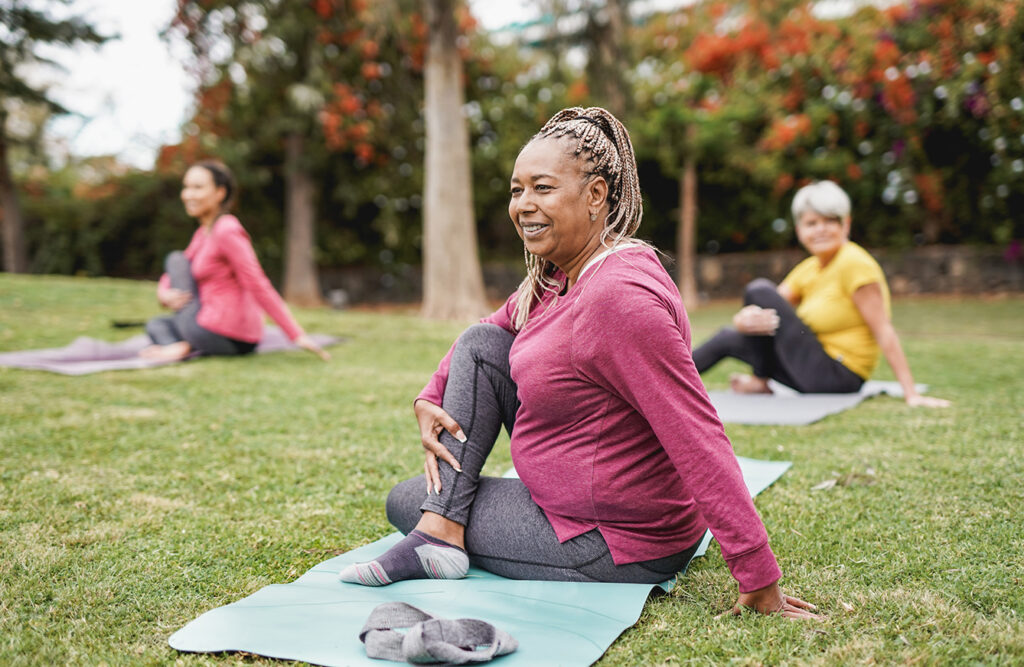
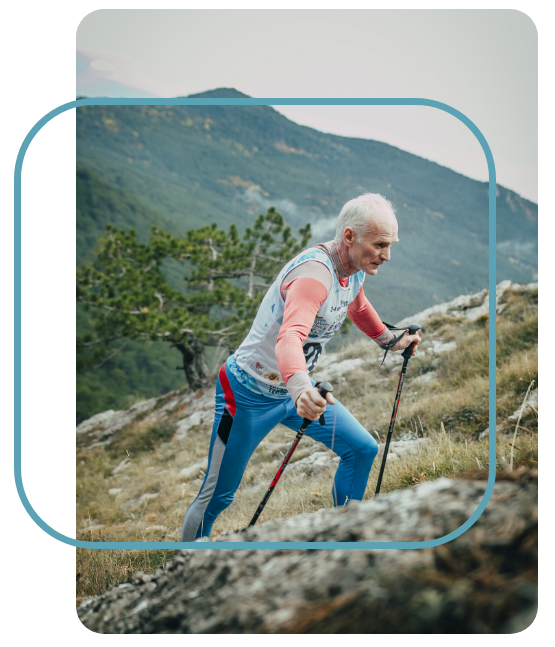
Signs you have a sports injury
Some sports injuries may go unnoticed, while more severe injuries can cause severe pain, swelling, tenderness and sometimes bleeding. In these cases, it’s important to visit your local A&E department immediately.
If your sports injury develops over time or is less severe, you might experience some of the above symptoms to a lesser extent – as well as bruising and difficulty moving the affected joint. If your injury doesn’t improve or causes you significant discomfort, make an appointment to see your GP.
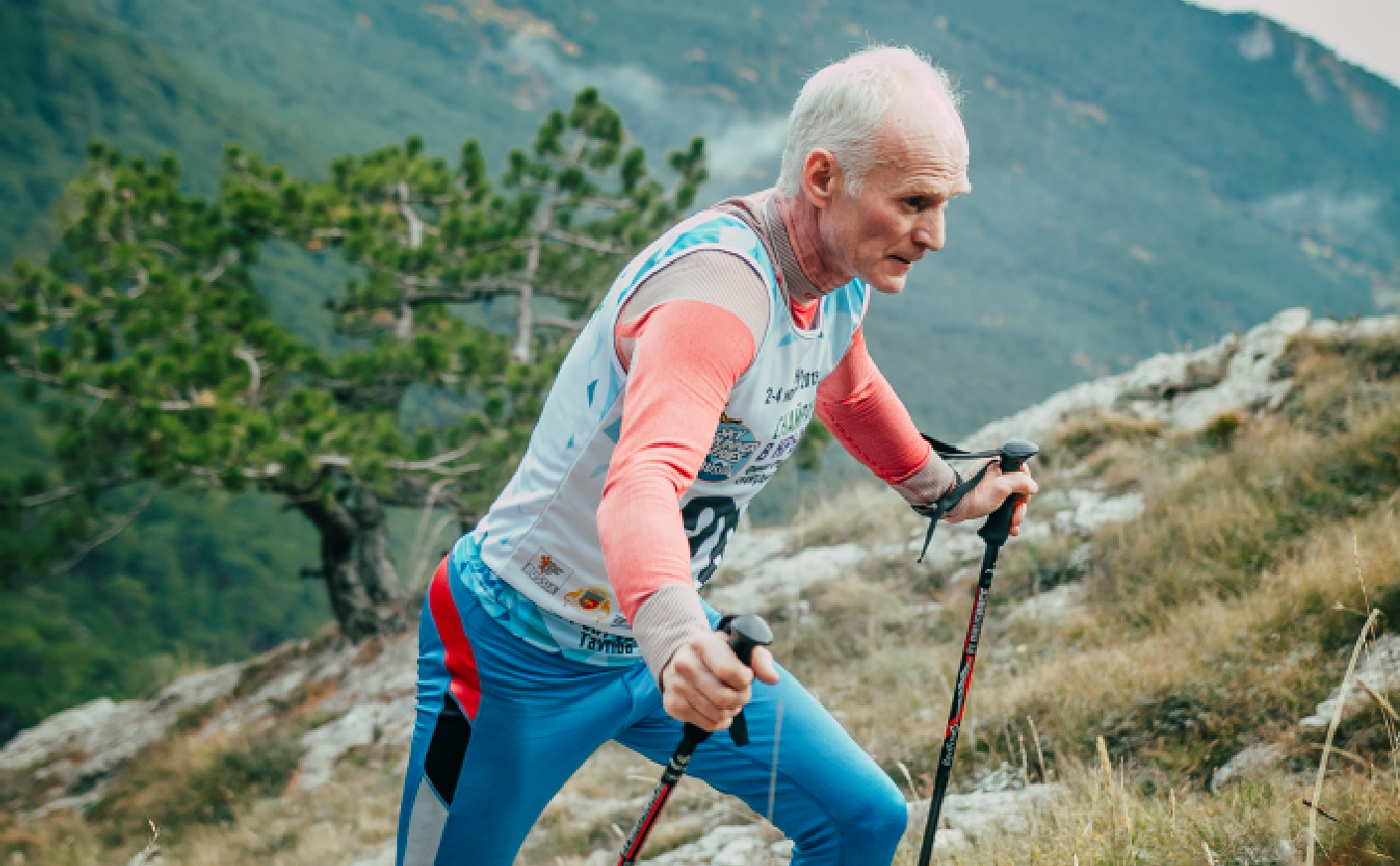
Signs you have a sports injury
Some sports injuries may go unnoticed, while more severe injuries can cause severe pain, swelling, tenderness and sometimes bleeding. In these cases, it’s important to visit your local A&E department immediately.
If your sports injury develops over time or is less severe, you might experience some of the above symptoms to a lesser extent – as well as bruising and difficulty moving the affected joint. If your injury doesn’t improve or causes you significant discomfort, make an appointment to see your GP.
Mr Shah gave me my second new hip ( I now have a matching pair)
It’s just over eight months since Mr Shah gave me my second new hip ( I now have a matching pair). Mr Shah also gave me my first hip three years ago, and both times the care I was given by Mr Shah and his team at Goring Hall was wonderful.
- Susan Platt
Treatments for sports injuries
If you experience a sports injury of any kind, however mild the symptoms, you should stop any form exercise that might cause further damage. Some injuries will simply require rest, ice, compression and elevation (R.I.C.E), while more serious injuries will need a more proactive treatment.
Your GP will advise you on the best course of action for your particular injury. They might recommend physiotherapy to strengthen the affected joint and prevent future injuries. Or they may suggest medication or cortisone injections to help relieve pain and inflammation.
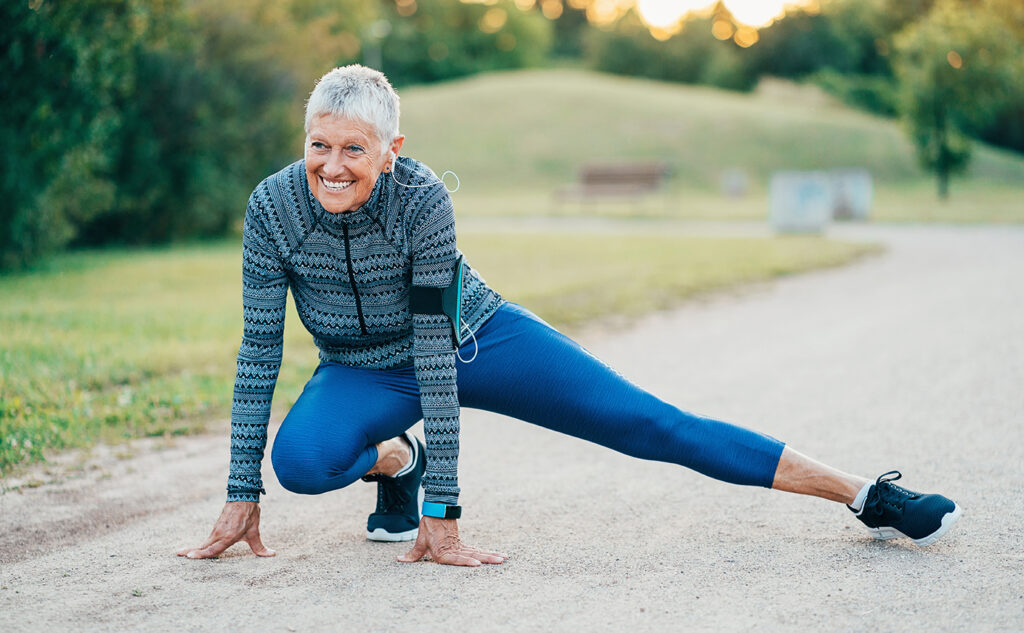
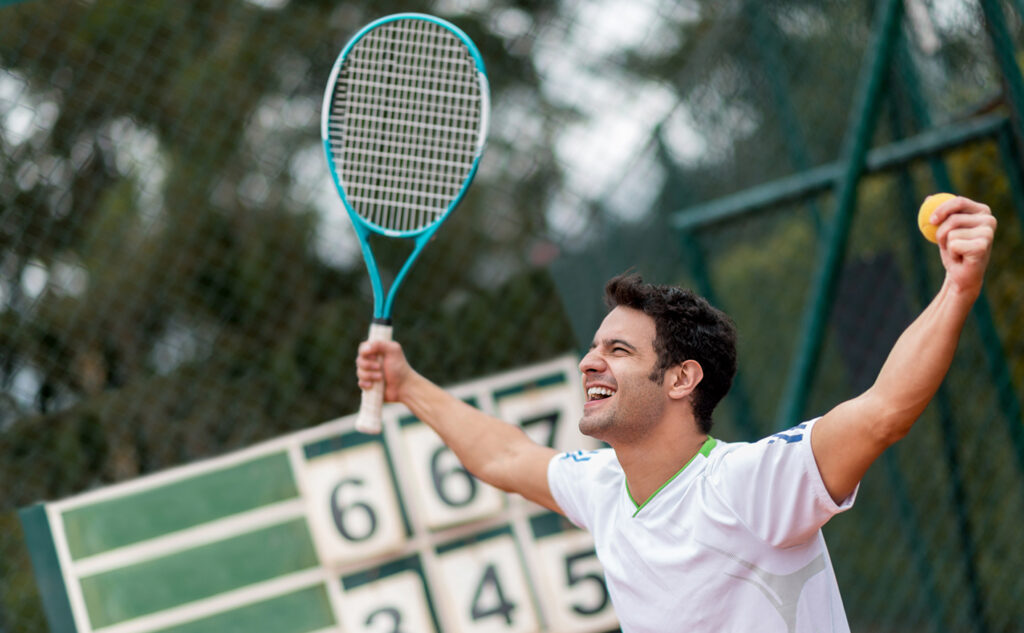
Time to see a specialist?
You might need surgery to treat your sports injury and help you regain full use of the affected joint– this is where we can help. Mr Shah is highly experienced in treating sports injuries affecting the hip, knee and feet, using the latest orthopaedic techniques.
Injuries can usually be diagnosed and repaired using a technique called arthroscopy, which is a type of keyhole surgery. This approach aims to reduce discomfort and shorten recovery times – and you will be able to go home on the day of your operation or the following day.
Ready to restore your independence?
To ask us a question or arrange a consultation with Mr Shah, don’t hesitate to get in touch.
Frequently asked questions
Unfortunately, there is no cure for arthritis, but there are many treatments that will help to manage your symptoms and slow down its advancement.
For most minor sports injuries, Rest, Ice, Compression and Elevation can help manage swelling and pain. Avoid putting weight on the injured area and apply ice for 15–20 minutes every few hours. However, if the pain is severe, or you’re unable to move the affected area, it’s important to seek medical attention.
Sports injuries are diagnosed through a combination of physical examination and imaging tests. Mr Shah will ask about how the injury occurred and examine the affected area for swelling, tenderness and range of motion. X-rays, MRI or ultrasound scans may be used to identify fractures, tears or soft tissue damage.
Surgery may be considered for sports injuries that involve significant ligament tears, fractures or cartilage damage that cannot heal on their own. If non-surgical treatments like physiotherapy and rest don’t restore full function, or if the injury is severe, surgery may be necessary to repair the damaged structures and get you back to your sport.
Recovery time depends on the type and severity of the injury. Minor injuries like sprains and strains may heal within a few weeks, while more serious injuries, such as fractures or ligament tears, can take several months. Rehabilitation exercises and physical therapy play a key role in speeding up recovery and restoring full function.
Returning to your sport depends on the type and severity of the injury, as well as your personal recovery progress. It’s important not to rush back into activity until you have regained full strength, flexibility and stability to avoid re-injury. Mr Shah or your physiotherapist will help guide your return to sports safely.
